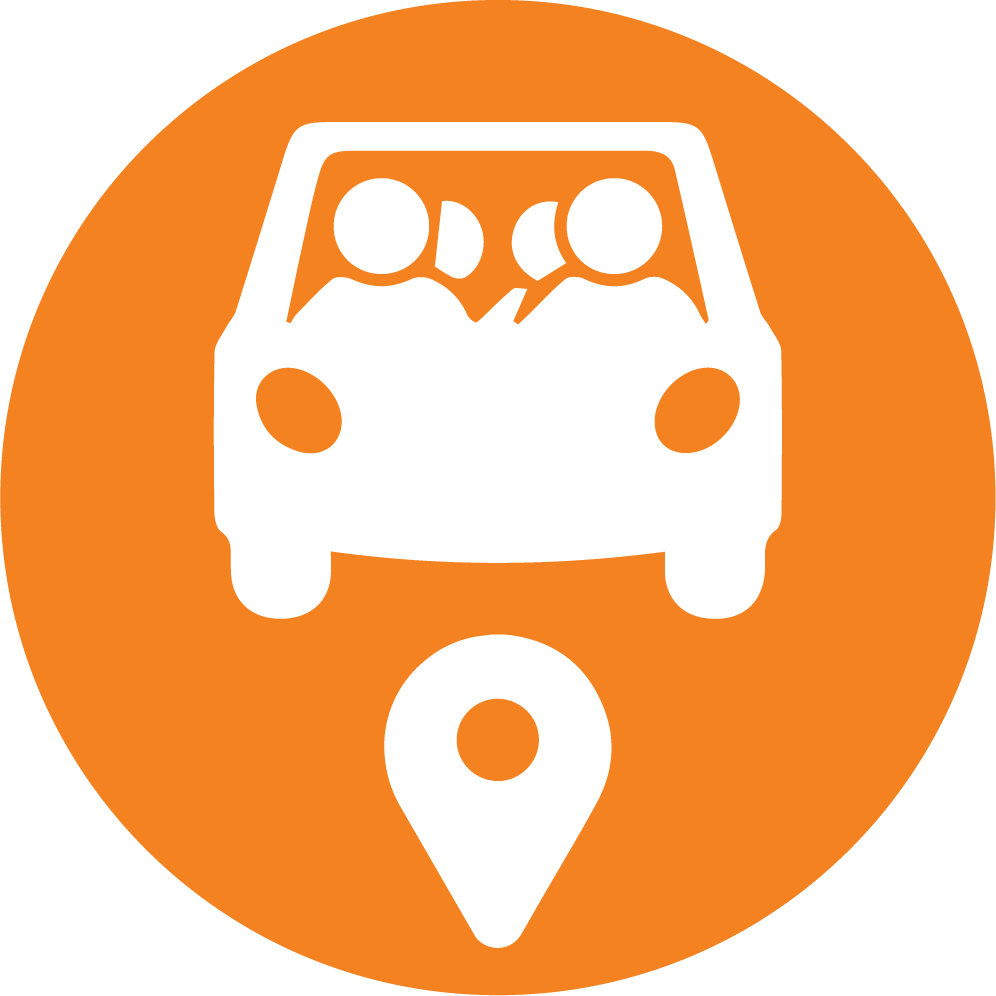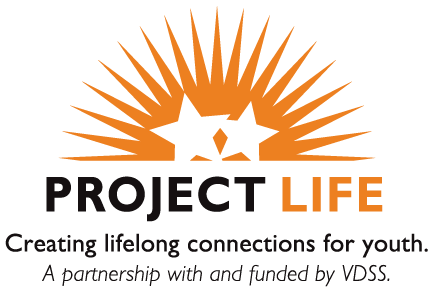GETTING AROUND
There are a number of choices for getting to all the places you need to go but you need to consider factors such as costs, accessibility, and your schedule
Public Transportation:
You have a number of public transit options you can locate conveniently and can get schedules in real time.

Bus
Arlington you can use Bus Finder, which is installed on bus stops in the city and indi- cates where the bus is relative to the stop.

Metro
The Metro is Virginia’s subway. With the Metro, you can get around the Washington, D.C. metropolitan area and its suburbs in Virginia and Maryland, without getting stuck in traffic, looking for parking or paying for gas.

Trip Planner
Metro’s Trip Planner covers both trains and buses. It helps you plan routes between two destinations. Suggested trip itineraries also include the fare, the estimated travel time, and walking directions.

Rideshare
If you really can’t get from place to place without a car, consider carpooling, also known as vanpooling and ridesharing. It’s a great way to reduce the cost of fuel, insurance and tolls, as well as reducing the stress of driving. Virginia Rideshare Agencies gives you links to many rideshare options throughout the state as does rideshare.

Cycling/Walking
You might be surprised, but bicycles can be faster than cars, especially where there are bike lanes. And let’s not forget two other great advantages: Cycling is healthier and much less expensive.

Walking
Depending on where you live, walking is another option. If you are living on-campus while going to school, this may be a very good option and save you a lot of money. Using Walk Score, you can see whether the place they live or are thinking about living is better for biking, walking or using public transportation.
Driving
Depending on where you live, you may really need a car to get to work, school and events you want to join. Having one is a privilege that comes with a lot of responsibility and costs a lot of money. Before you buy a car, you need to get your license. To get your license, you first need to get a learner’s permit.





